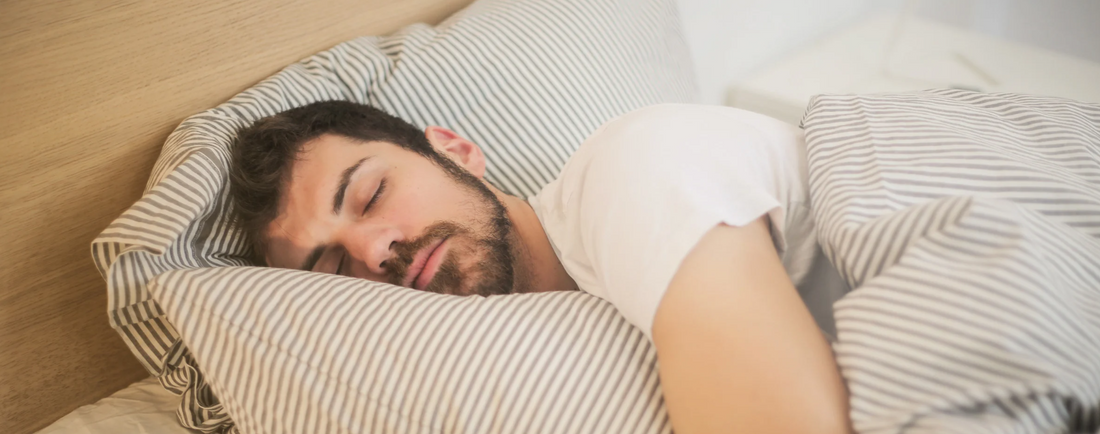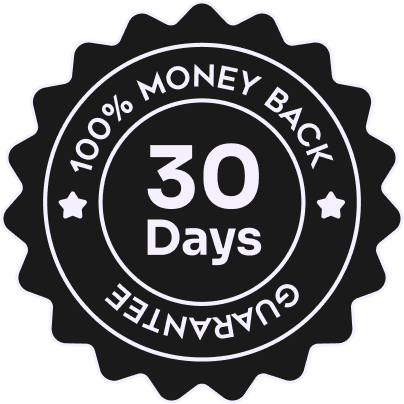
Pickleball and Sleep: The Surprising Link Between Rest and Reaction Time on the Court
Share
In the pursuit of sharper serves, tighter dinks, and lightning-quick reflexes, most players turn to drills, equipment upgrades, and fitness routines. But there’s one vital performance enhancer that often goes overlooked—sleep.
While sleep might seem passive compared to hours on the court, it is during these quiet hours that your body fine-tunes its coordination, rebuilds muscle, and optimizes reaction time. The connection between sleep and athletic output is no longer a theory—it is a science-backed necessity. And for pickleball players, where split-second decisions and sustained stamina are crucial, rest might just be the ultimate game-changer.
Sleep: The Neural Recovery Zone
Your brain is the command center for every shot, every pivot, and every strategy on the court. During sleep, especially in deep and REM stages, the brain consolidates motor learning, processes decision-making patterns, and refreshes cognitive function.
What does this mean for pickleball?
- Faster reaction times when tracking shots at the net
- Improved shot accuracy thanks to muscle memory consolidation
- Sharper focus during long rallies and tight matches
- Better emotional control under pressure, reducing unforced errors
Without adequate rest, even the most skilled players can experience degraded performance, sluggishness, and mental lapses.
Reaction Time: Measured in Milliseconds
In pickleball, the difference between winning and missing a point can come down to fractions of a second. The sport demands rapid response to unpredictable bounces, angled volleys, and net skirmishes.
Studies show that sleep deprivation can slow reaction time by up to 300 milliseconds. That delay may not seem significant, but in a fast-paced game, it can turn a winnable rally into a frustrating error.
When well-rested, the brain’s ability to receive, interpret, and act on visual stimuli accelerates. Neural pathways are more efficient, which means faster paddle-to-ball coordination and more reliable footwork under duress.
The Role of REM in Athletic Precision
REM (Rapid Eye Movement) sleep is the stage where your brain performs high-level cognitive restoration. During REM, the body processes the motor skills learned during the day—like the muscle patterns involved in serves, drops, and resets.
Athletes who experience quality REM cycles show:
- Enhanced decision-making under time constraints
- Better adaptability in unpredictable match situations
- Reduced performance variability across multiple games
By contrast, interrupted or shortened REM sleep reduces not only cognitive sharpness but also emotional regulation—leading to increased frustration, riskier shot choices, and performance inconsistency.
Sleep and Physical Recovery
Beyond brain function, sleep is the body’s prime time for musculoskeletal repair. Pickleball, while low-impact compared to some sports, still stresses joints, muscles, and connective tissue—especially with frequent play.
During deep sleep, growth hormone is released, aiding in:
- Tissue repair and muscle growth
- Inflammation reduction in overused joints like shoulders, knees, and ankles
- Immune system rejuvenation, which keeps you game-ready longer
Skipping sleep means robbing your body of its natural recovery window. No amount of stretching or hydration can replace the restoration achieved through a full night of quality sleep.
Crafting the Ideal Athletic Rest Routine
Elite performance starts with disciplined rest. For pickleball players looking to enhance on-court performance through recovery, consider the following:
1. Prioritize 7 to 9 Hours Nightly
This is the gold standard for adult athletes. Anything less can compound fatigue and hinder progress.
2. Maintain a Consistent Sleep-Wake Schedule
Even on weekends or off days. A regular circadian rhythm improves sleep efficiency and depth.
3. Create a Sleep-Conducive Environment
Dark, cool, and quiet spaces encourage uninterrupted rest. Avoid screens an hour before bed to limit blue light disruption.
4. Time Training Strategically
Late-night sessions can overstimulate the nervous system. Try to finish training 3 hours before bedtime.
5. Monitor Sleep Quality
Use a wearable or sleep tracking app to observe patterns. Waking frequently or not reaching deep sleep stages can be early signs of overtraining or stress.
Napping: A Court-Ready Boost
Short naps can offer a midday refresh for tournament days or double-header practices. The ideal nap?
- 10 to 30 minutes, avoiding grogginess
- Scheduled before 3 p.m., to prevent sleep interference at night
- Done in a quiet, dimly lit space to maximize benefit
Power naps can sharpen alertness and improve short-term motor performance—ideal before afternoon matches or drills.
Final Thoughts: Win the Match Before You Wake
Pickleball is a game of rhythm, reflexes, and resilience. While skill and strategy are honed on the court, the foundation of peak performance is built in bed. Prioritizing sleep isn’t lazy—it’s an advanced form of training.
So the next time you consider squeezing in a few more late-night drills, ask yourself: Have I trained my rest as well as I’ve trained my return? The best version of your game begins long before the first serve. It starts with the lights out.












